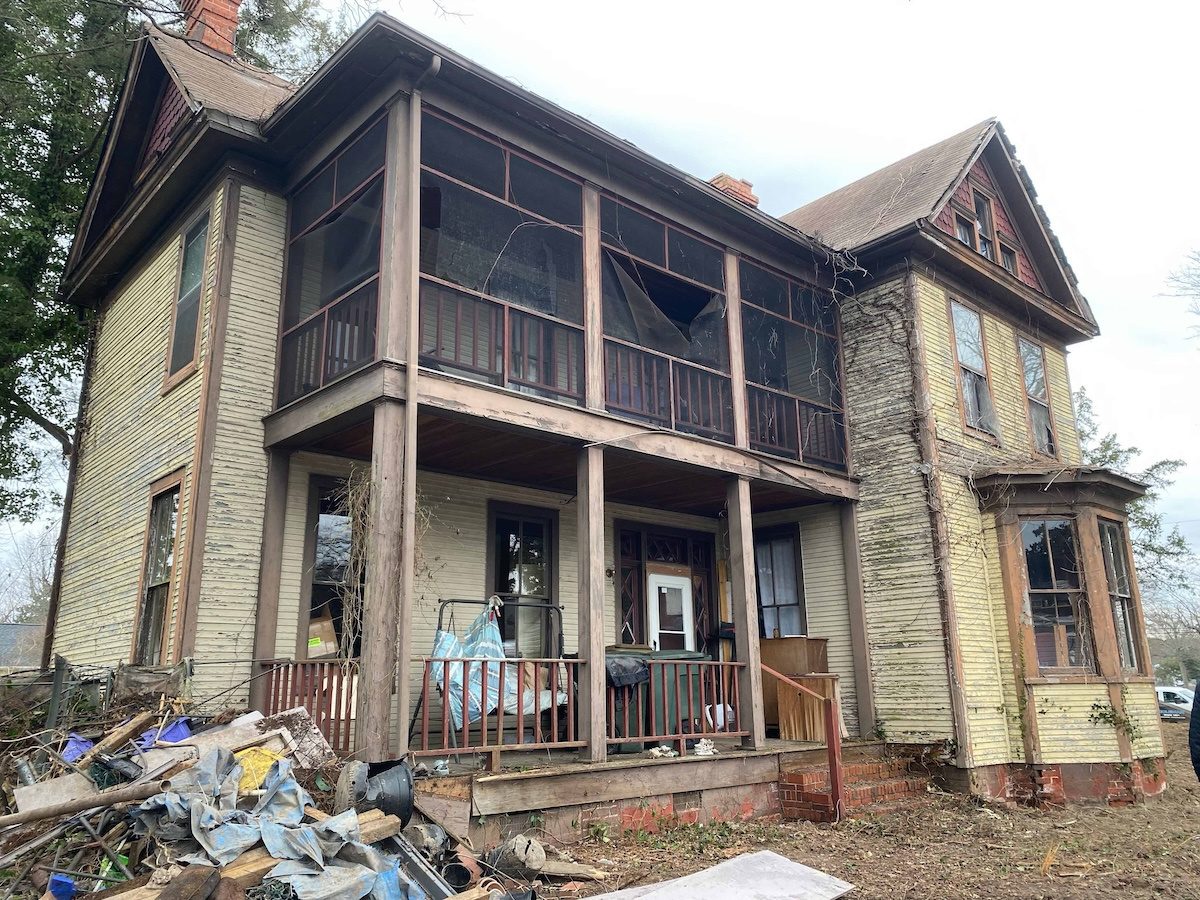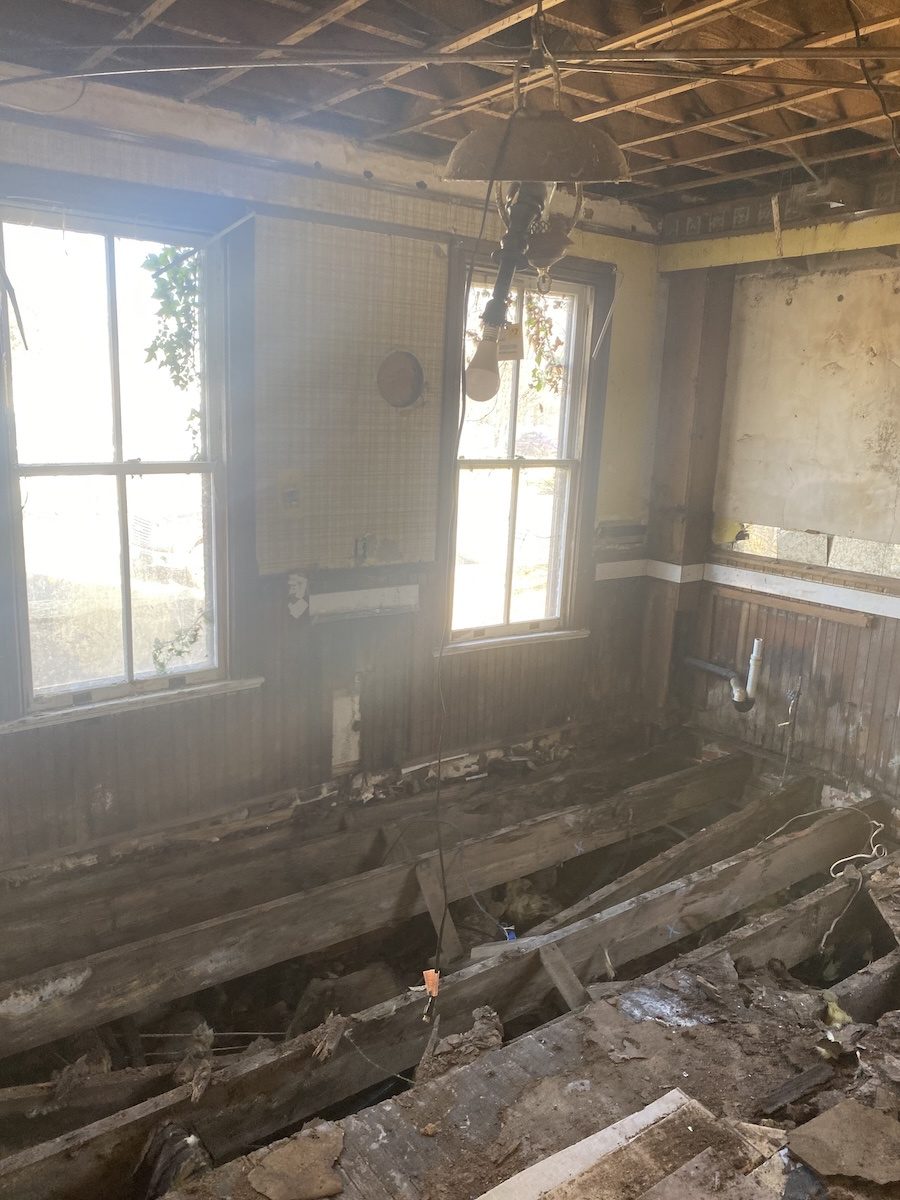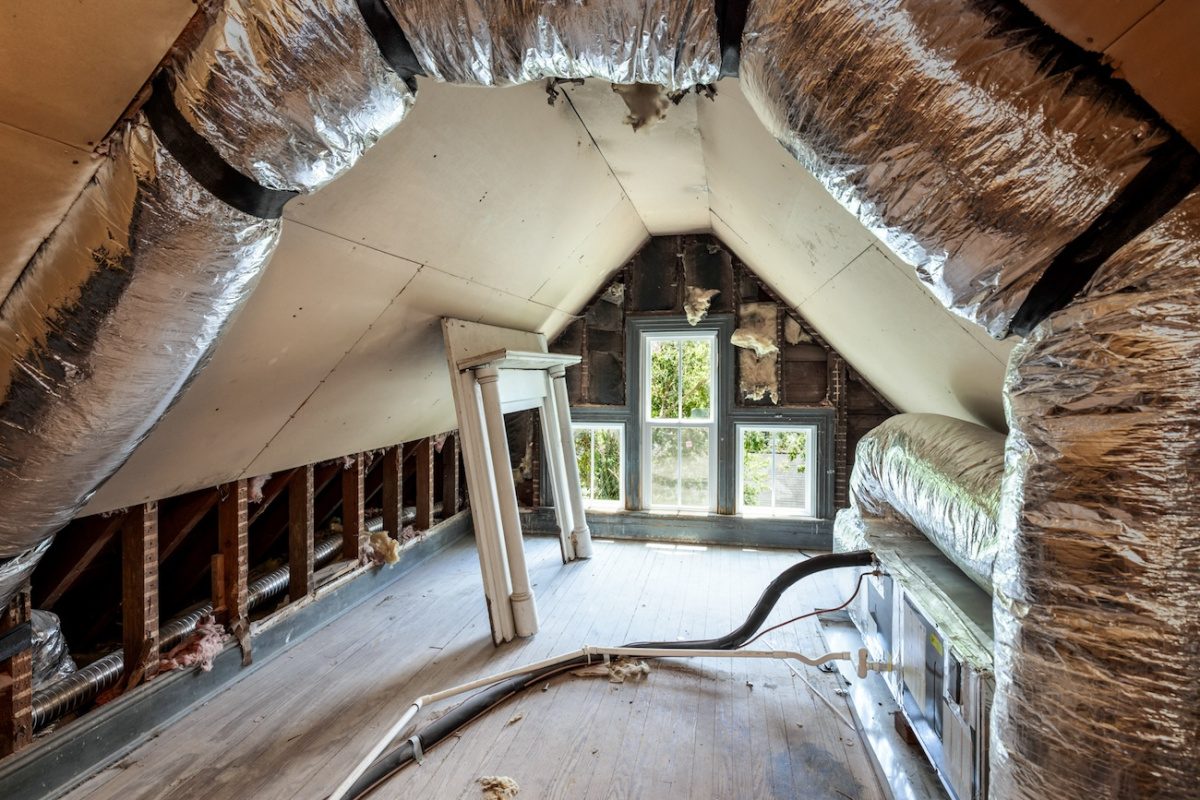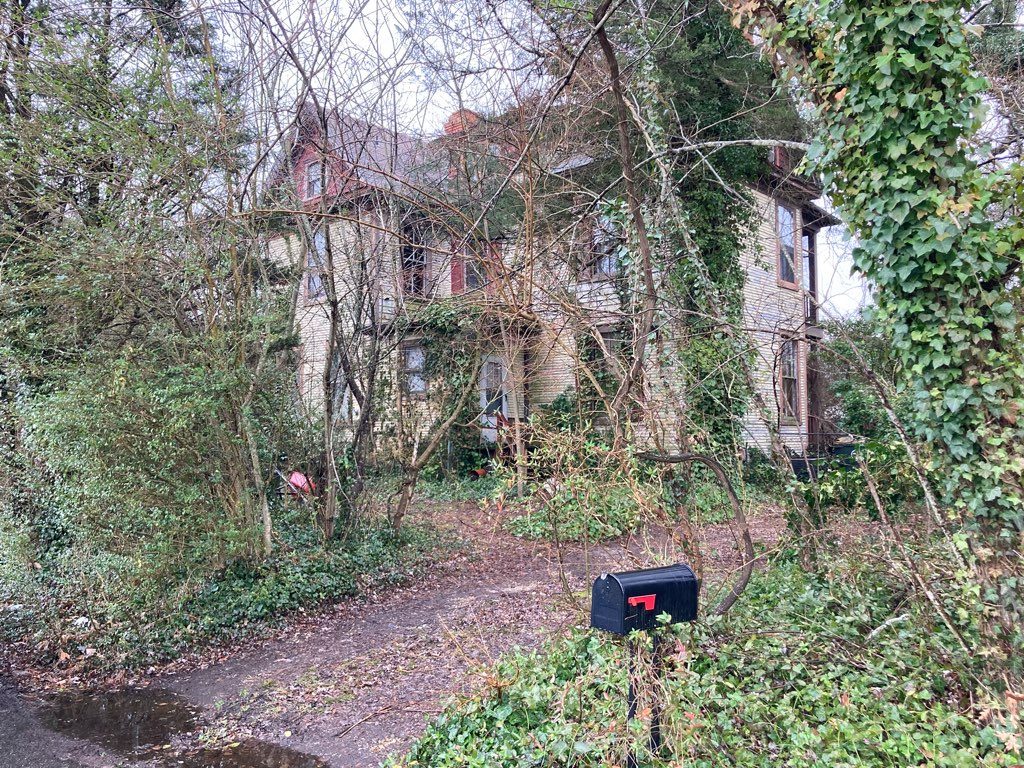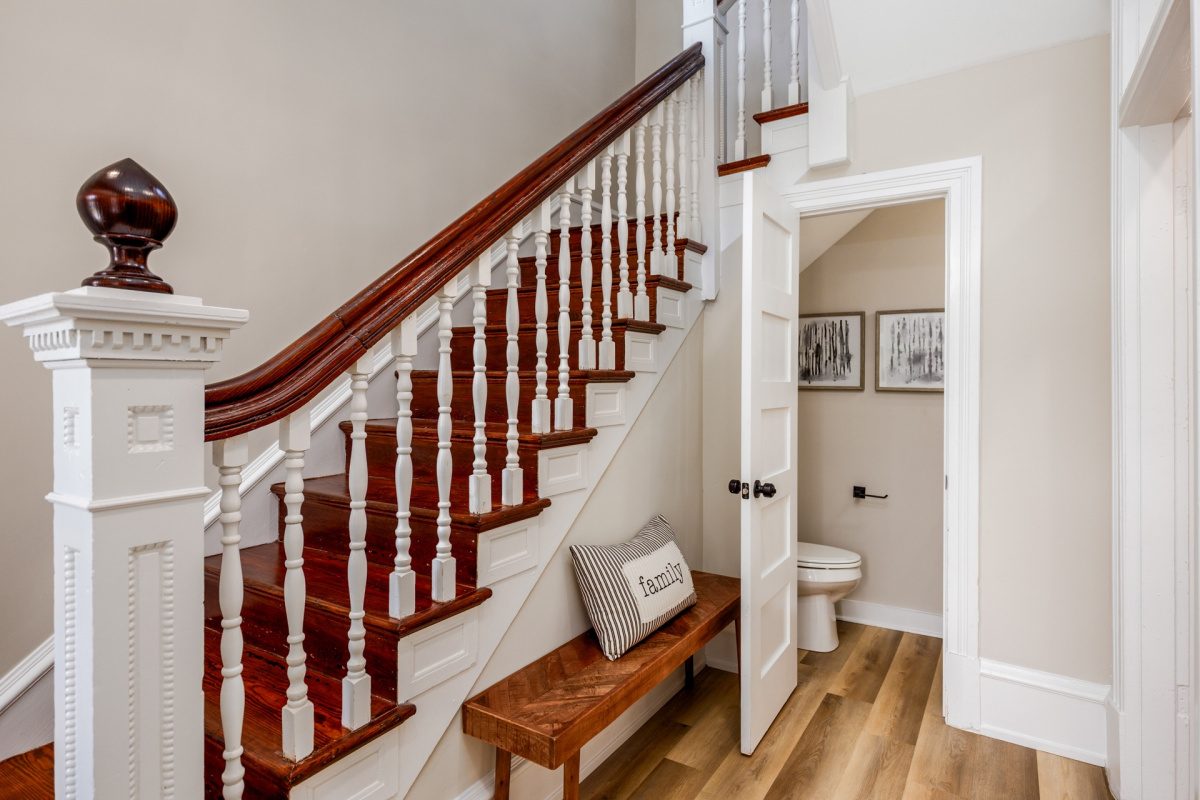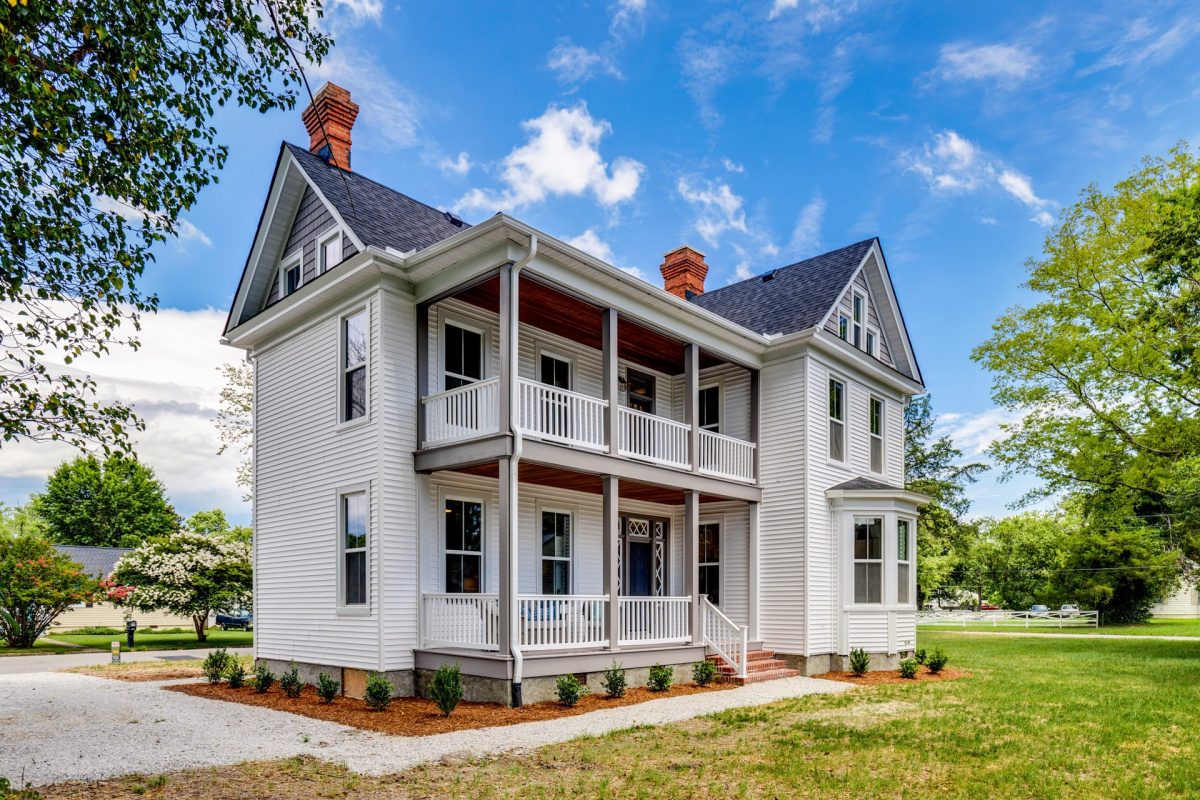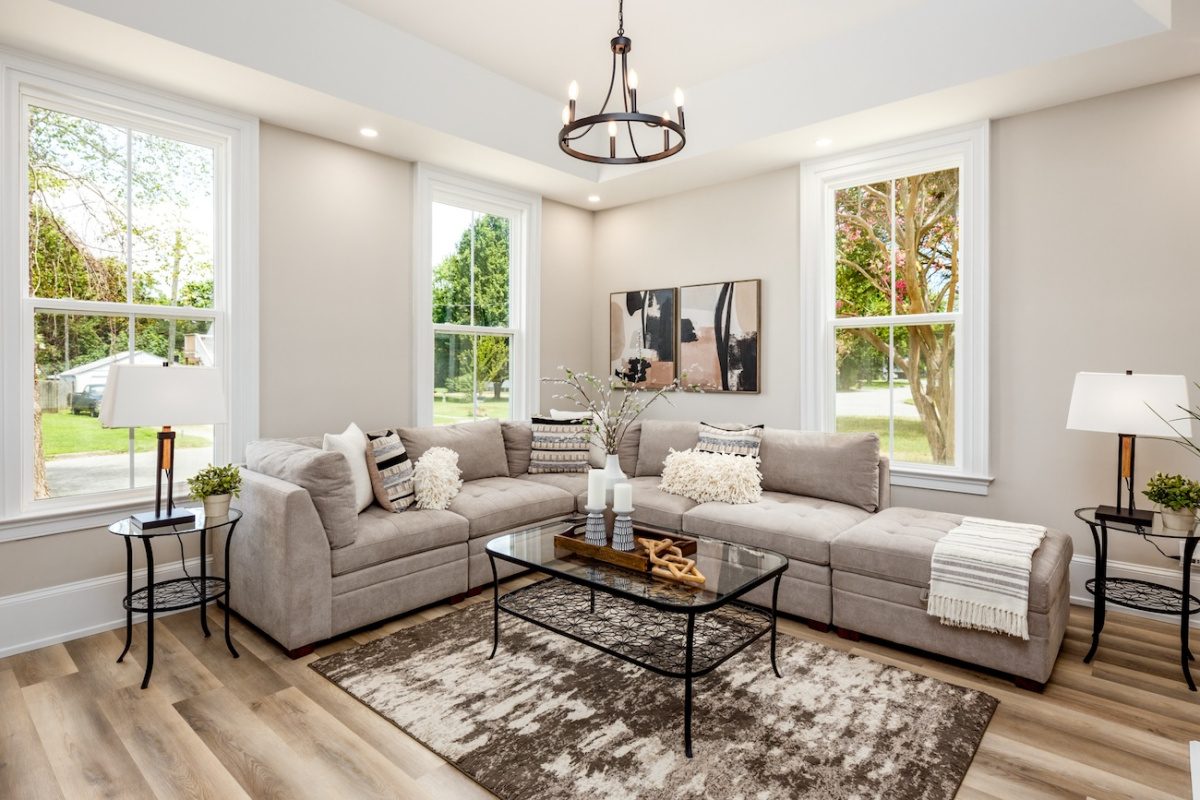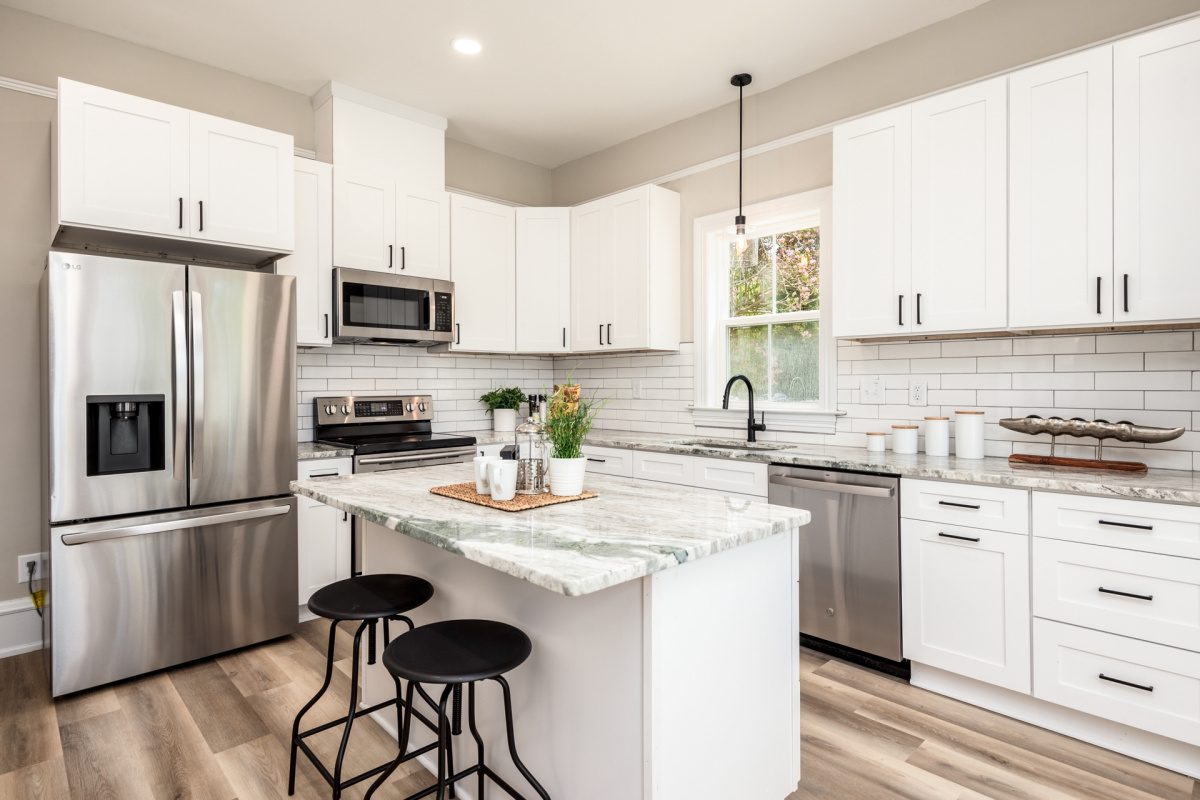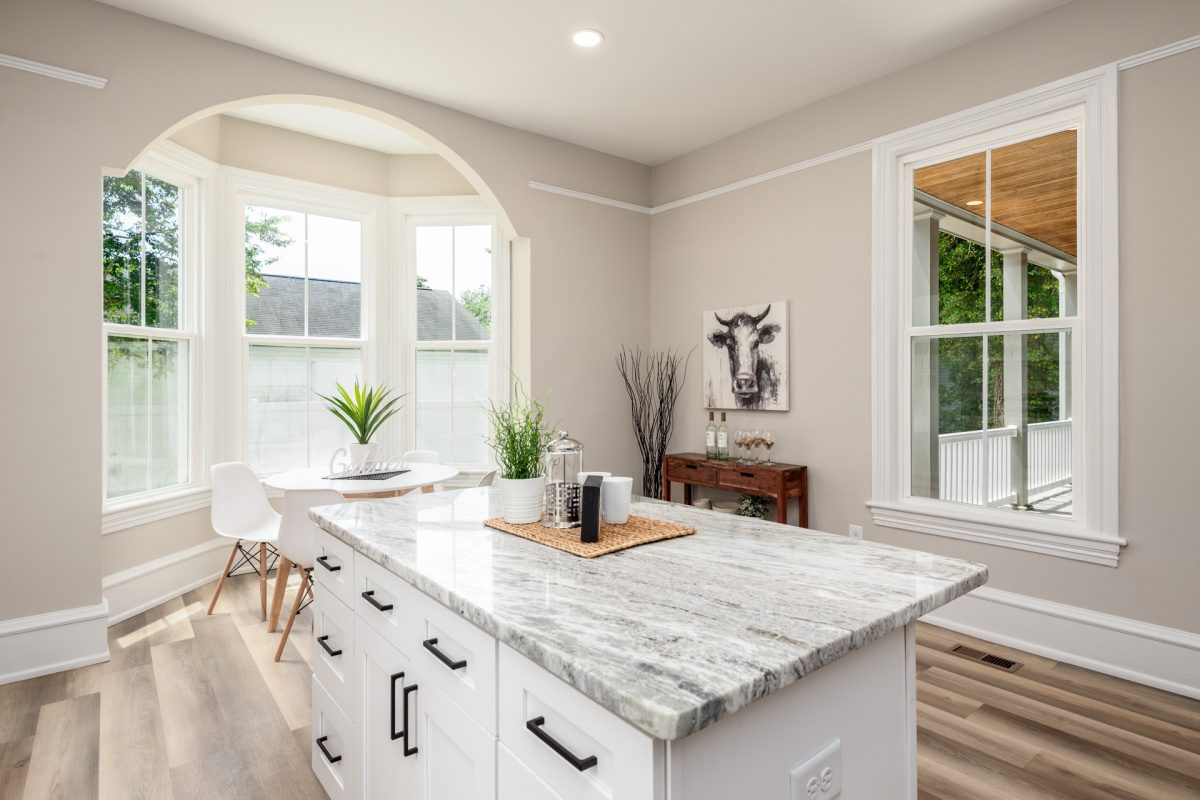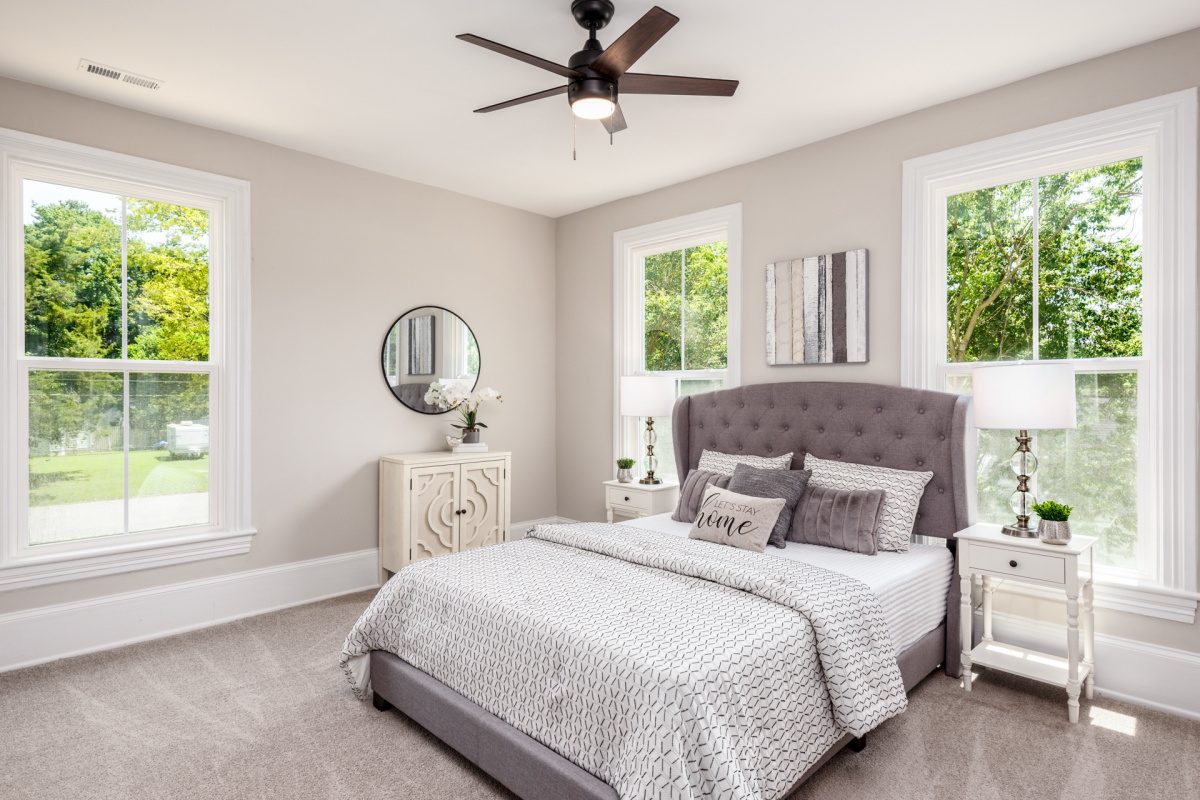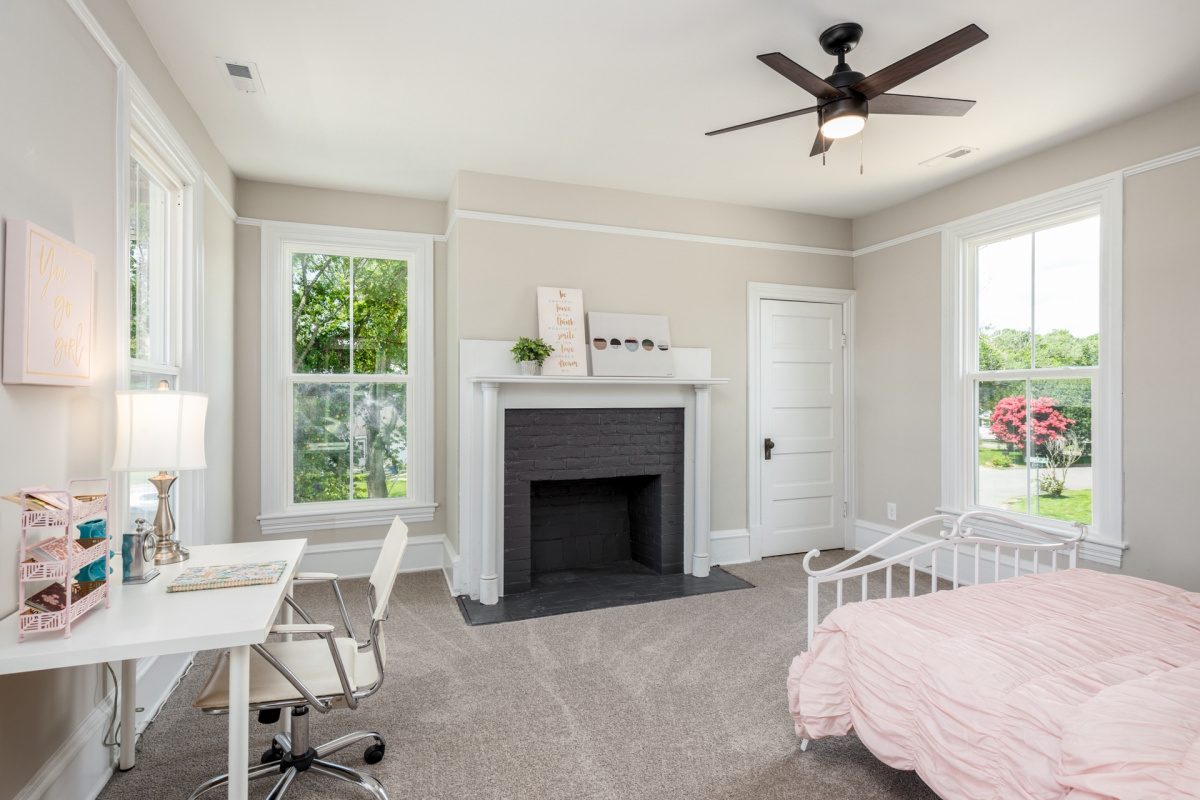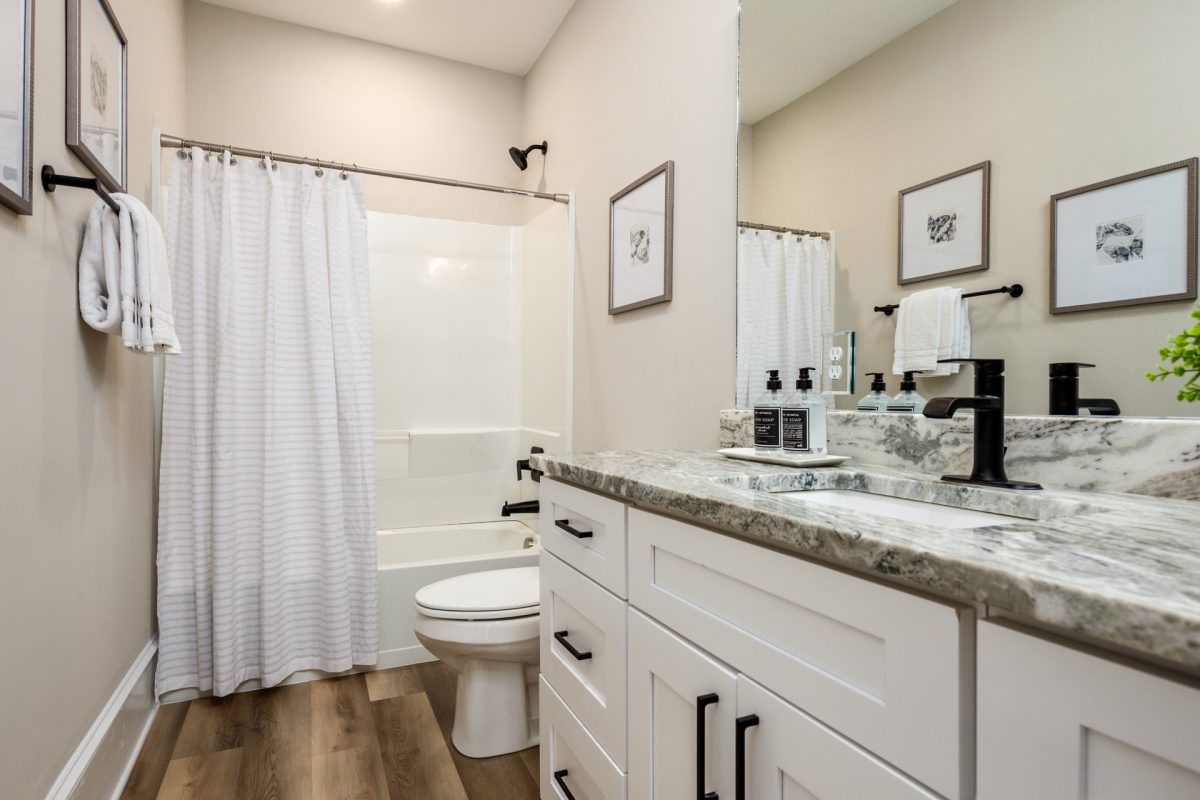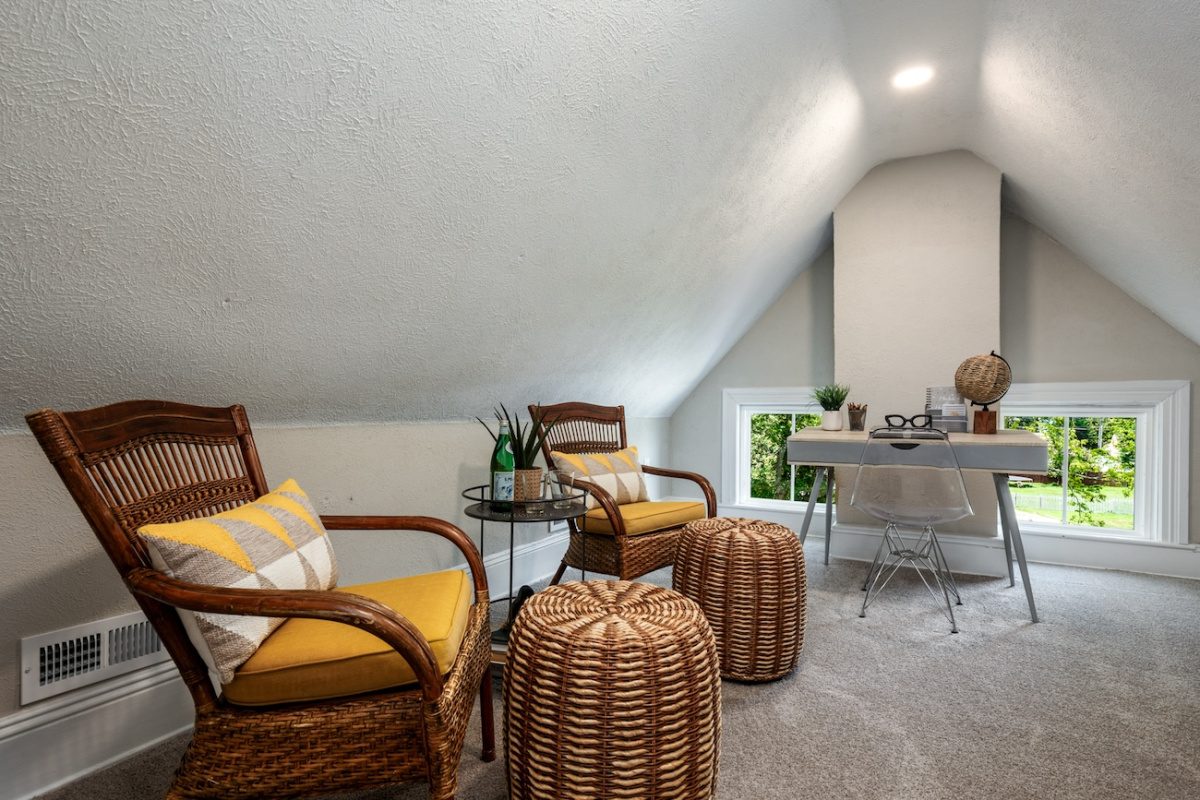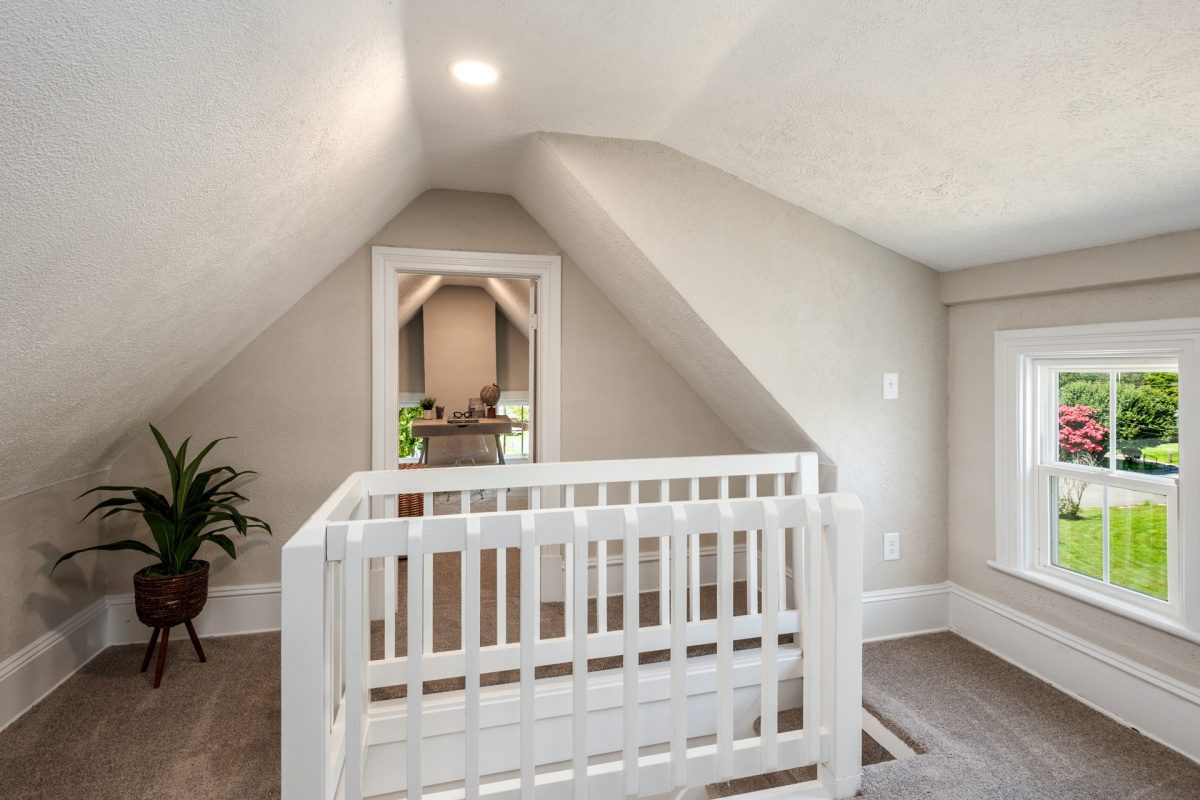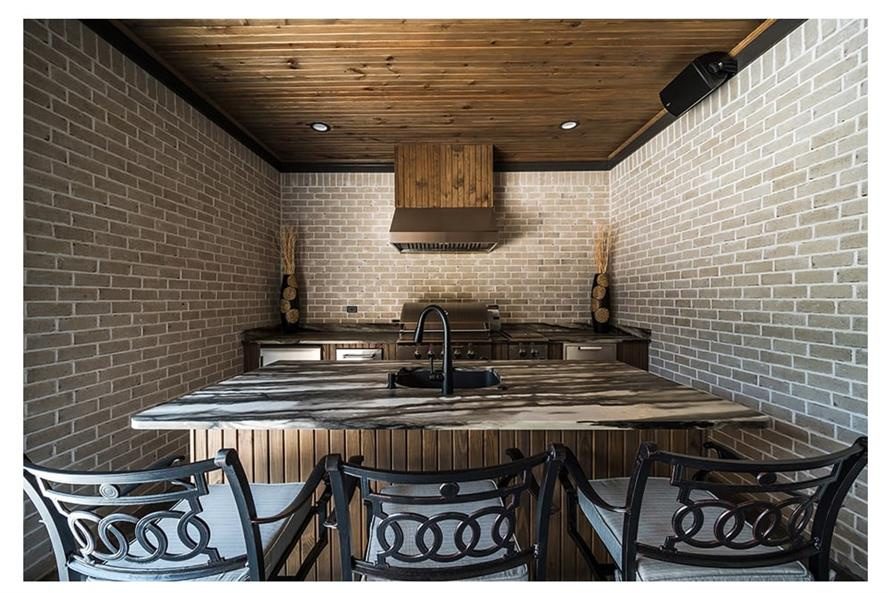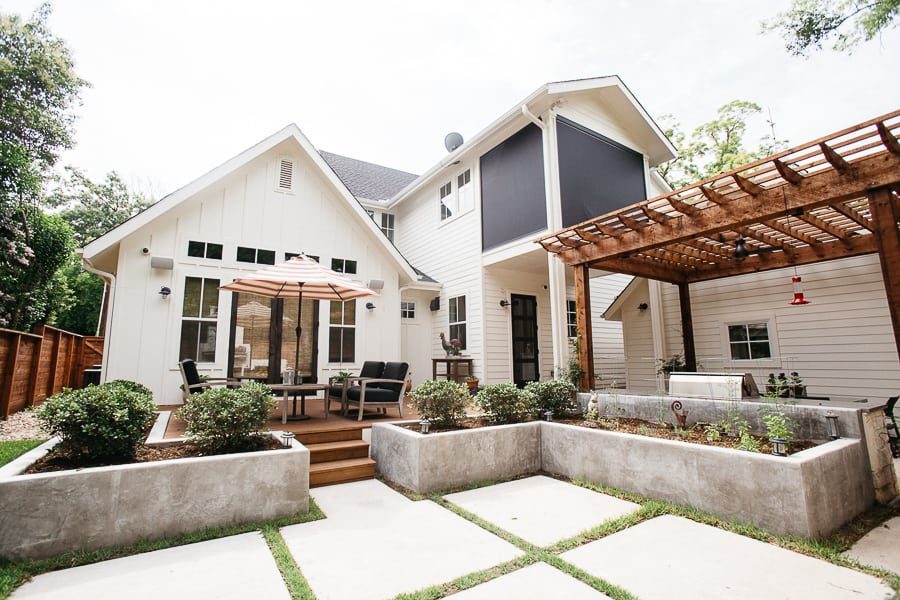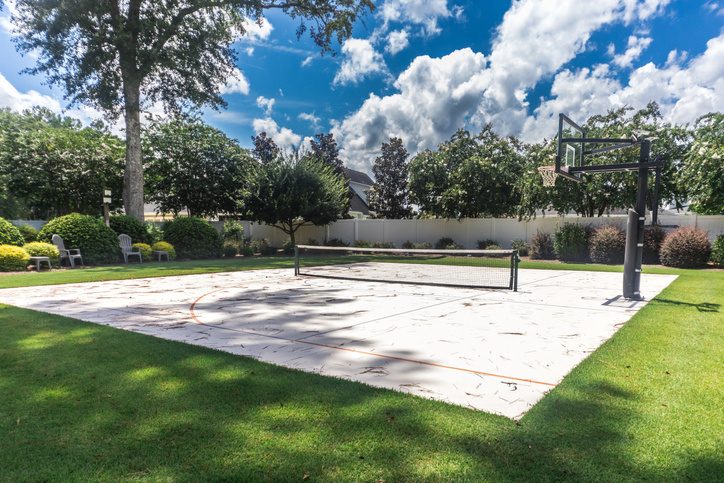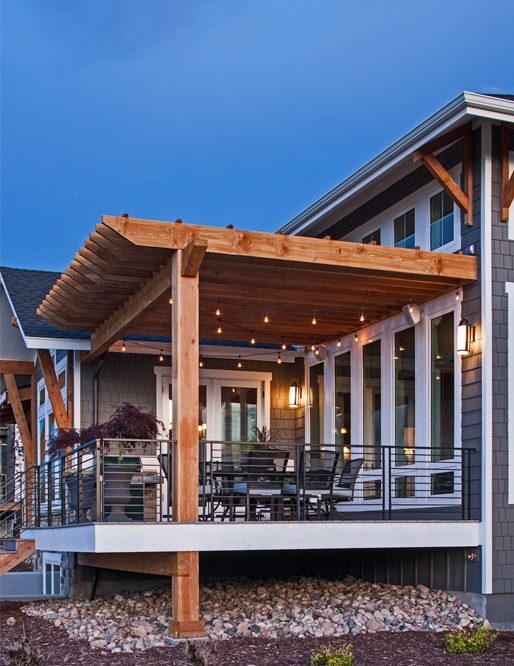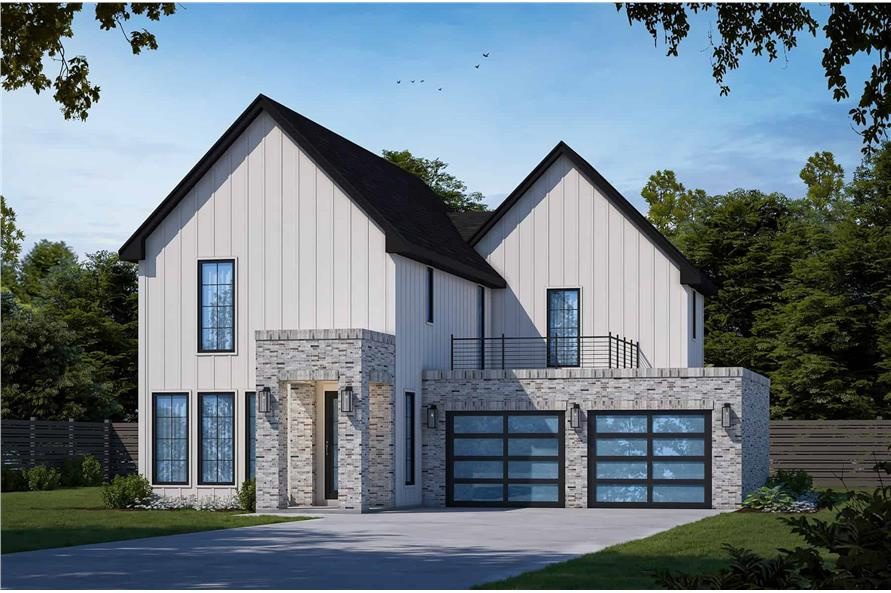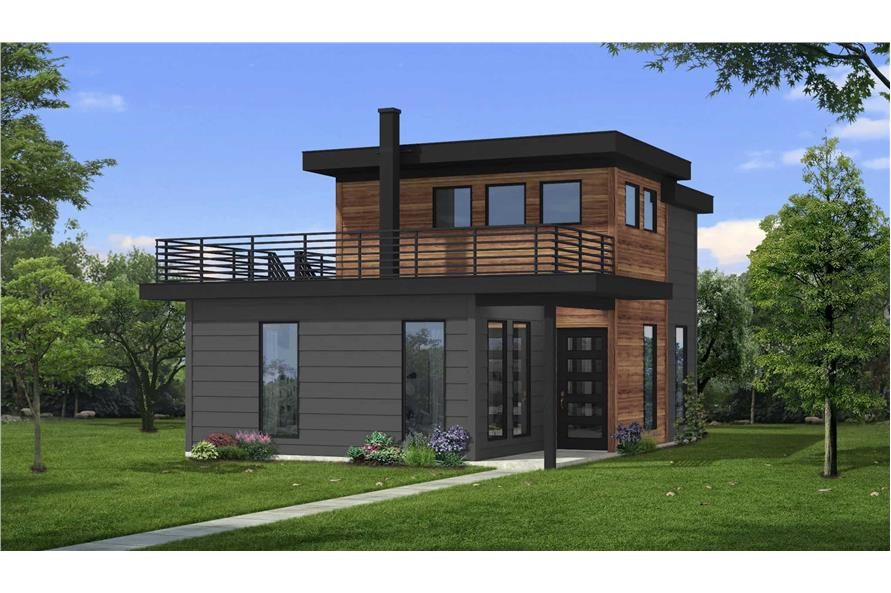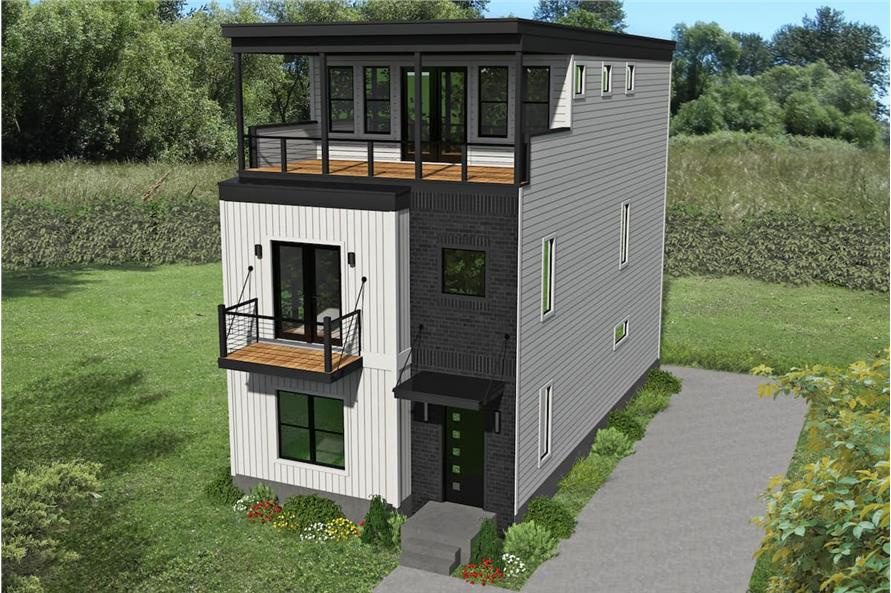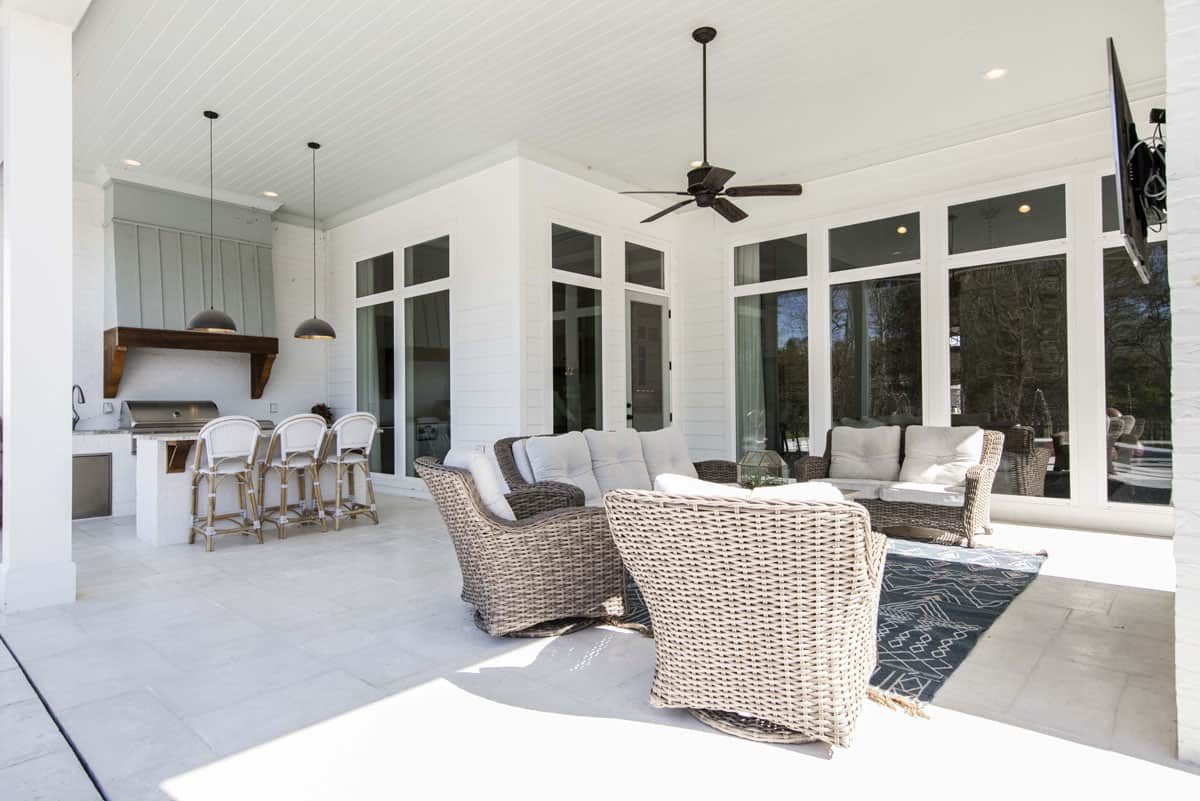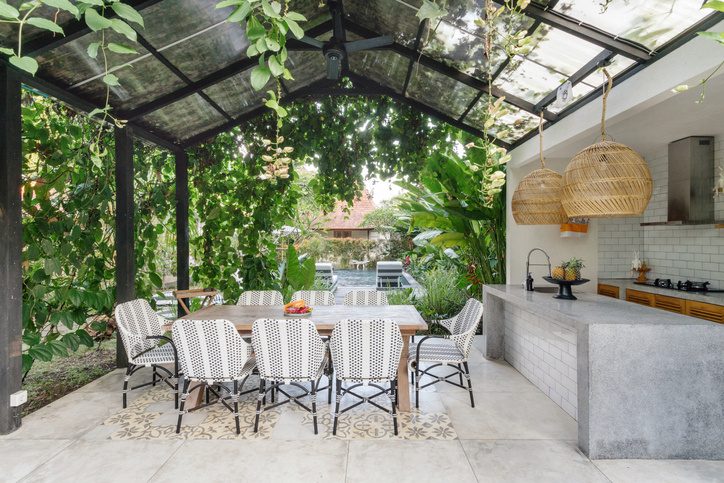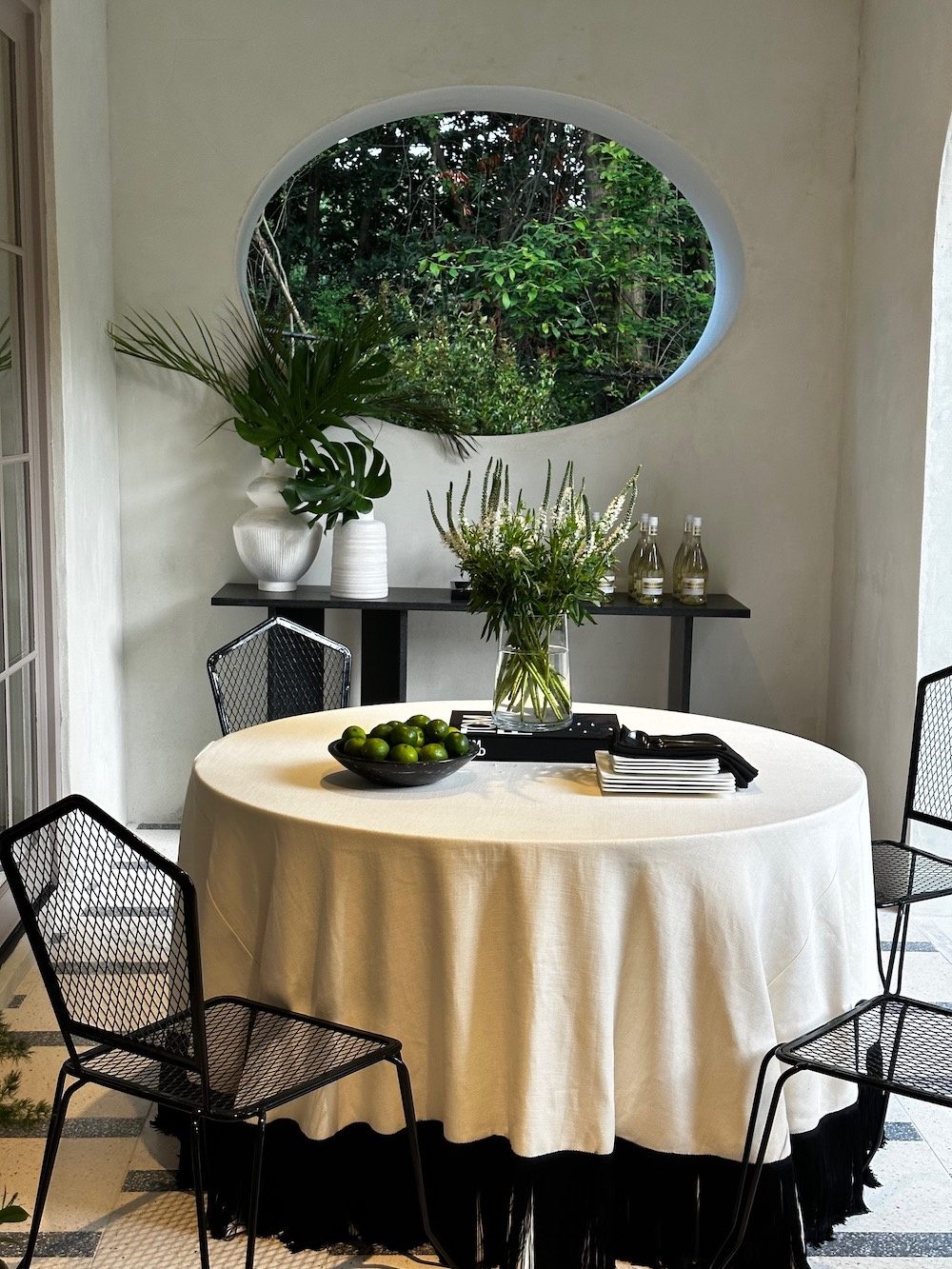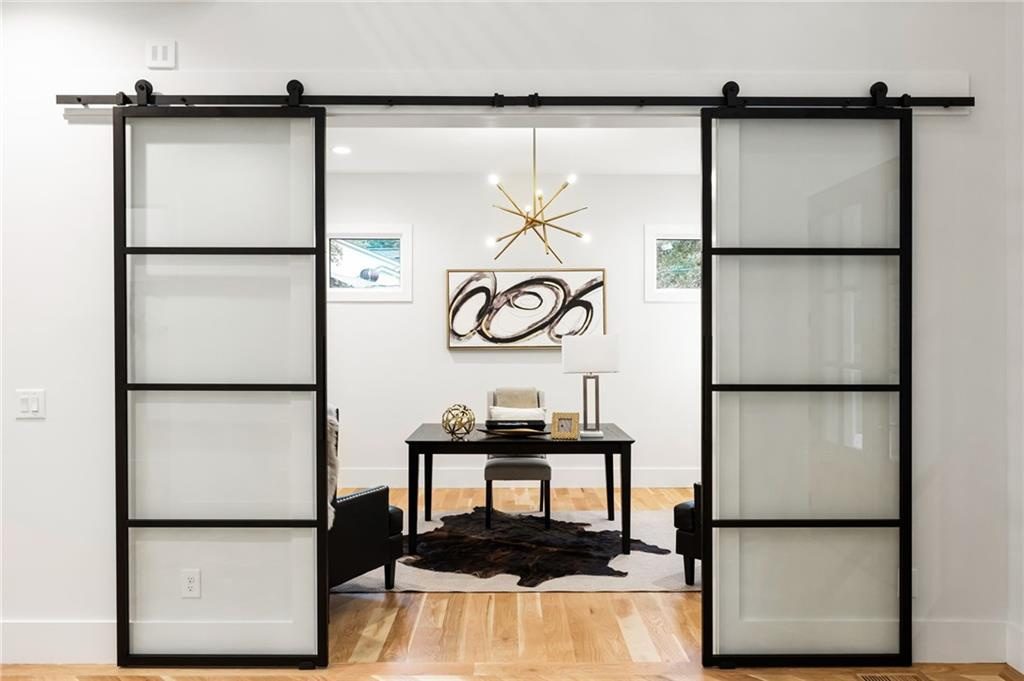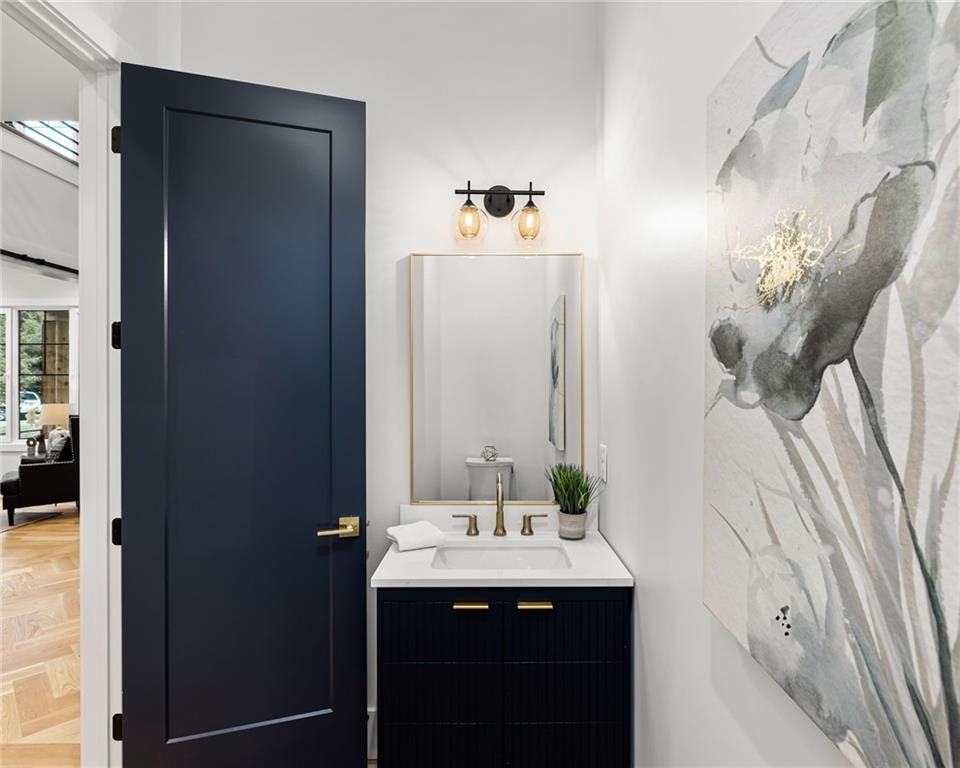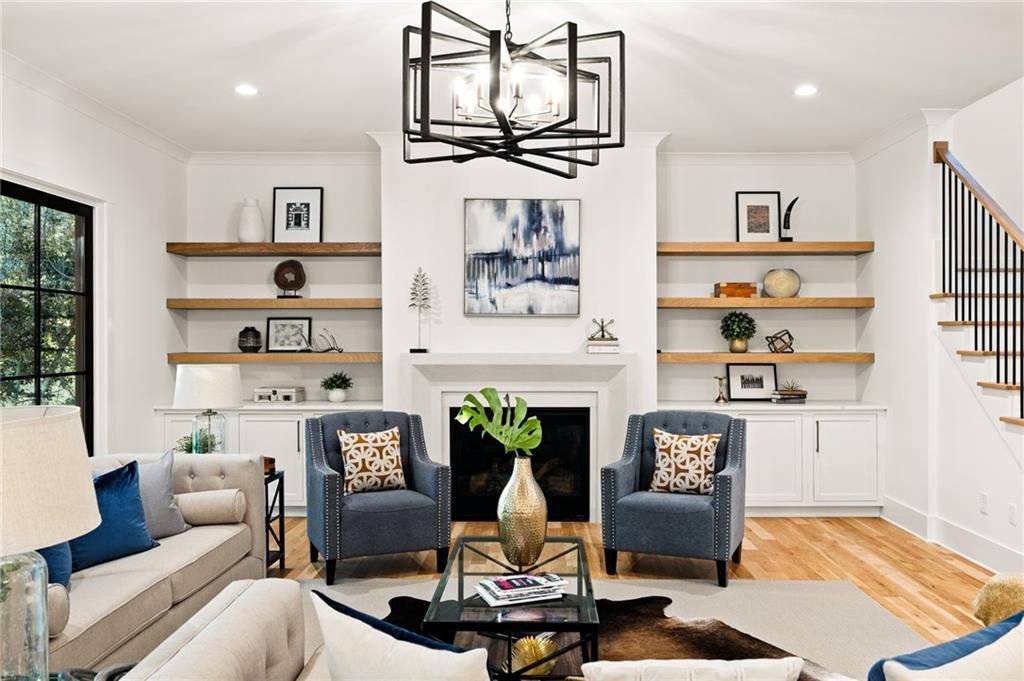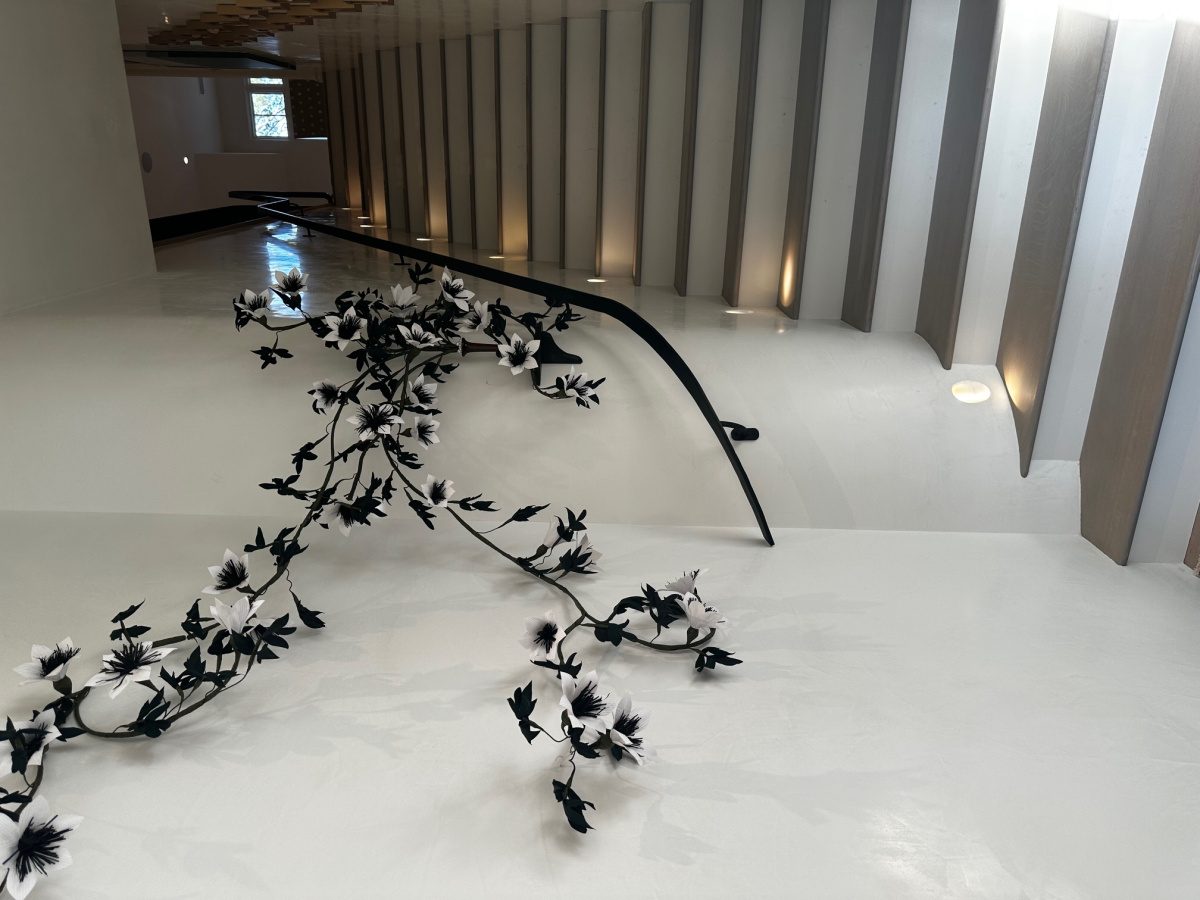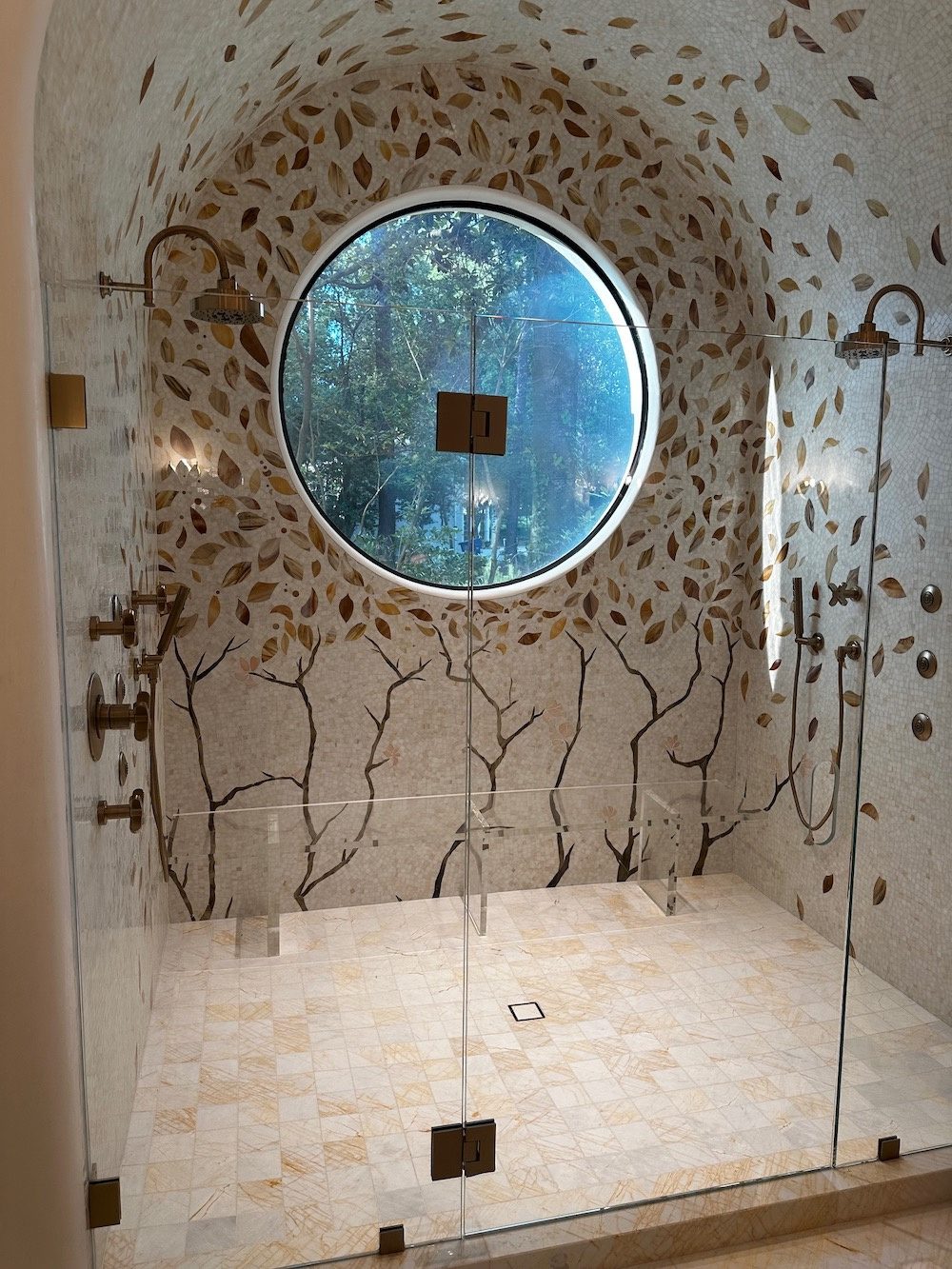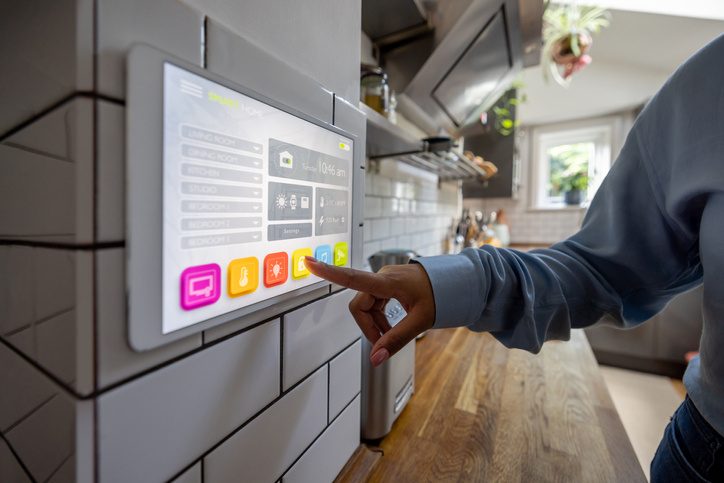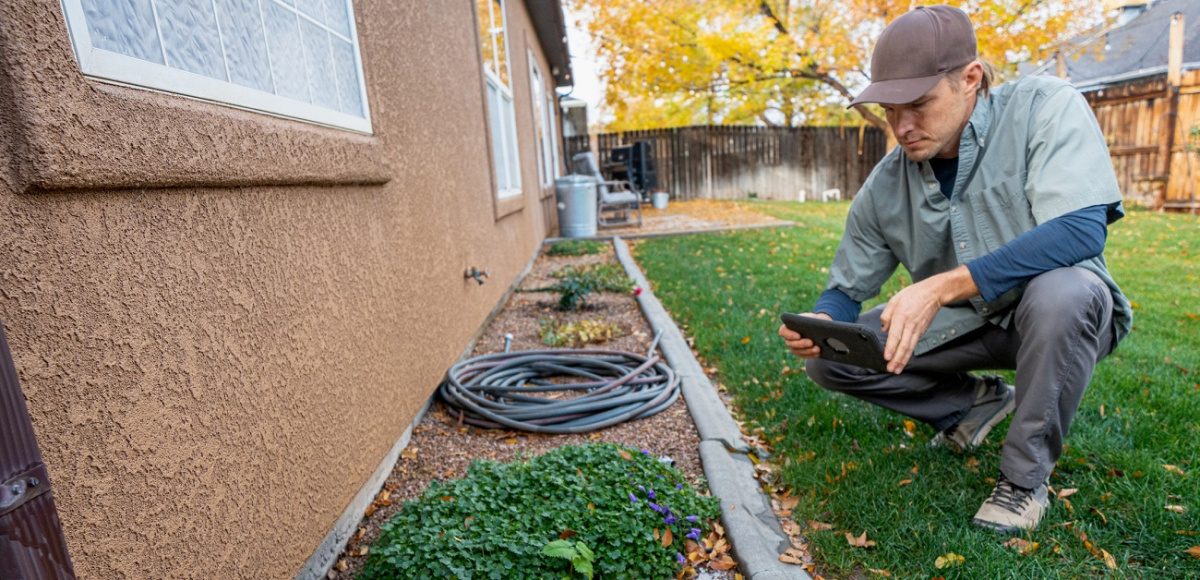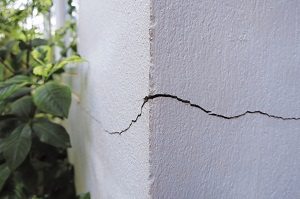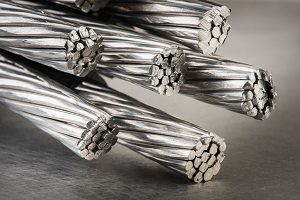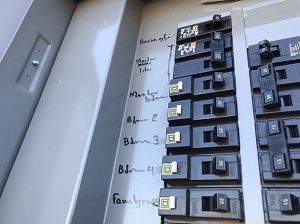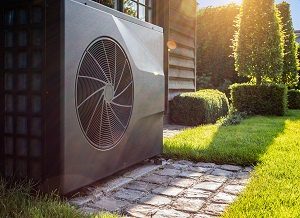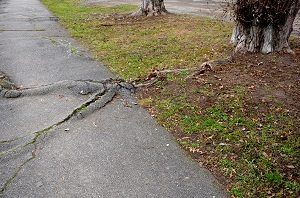
The Azores: A Blossoming Paradise
KAIT MCMURDO JUN 7, 2024
There is an archipelago in the middle of the Atlantic Ocean knows as The Azores, and it’s a paradise that belongs to Portugal. Imagine waking up to emerald-green lakes, exploring geothermal hot springs, and savoring fresh seafood—all while contributing to a thriving community. The region is “experiencing full growth. In recent years, we’ve witnessed an increase in investment from increasingly demanding and informed customers,” shares José Wallis de Carvalho, broker, and head of Coldwell Banker Houselife. He continues, “due to the unique nature of our region, it shows great potential to continue growing.” What sets the Azores apart? It’s the unique blend of unspoiled landscapes, volcanic wonders, and a vibrant local culture that fuels this growth. As the first archipelago in the world to be certified as a sustainable tourist destination, the Azores beckon travelers not only to visit but also to put down roots.
“The Azores are in fashion: to visit, to live, but also to invest,” Frederico Abecassis, CEO of Coldwell Banker Portugal, shares. He continues, “They are, moreover, the first archipelago in the world certified as a sustainable tourist destination, and continue to attract attention, due to their natural beauty, but also due to their strategic location. The real estate market is booming and has the potential to grow even further.” The real estate market is buzzing, and opportunities abound. Imagine owning a charming cottage overlooking the ocean or a modern villa nestled amidst lush greenery. But it’s not just about property—it’s about embracing a lifestyle. Whether you’re drawn to the vibrant arts scene, the rich culinary heritage, or the thrill of outdoor adventures, the Azores promise an authentic and fulfilling way of life. Read on to learn more about life in the Azores from our friends at Coldwell Banker Houselife.
Where do you live? I live in Azores Archipelago, one of the 2 archipelagos located in the Atlantic Ocean that belongs to Portugal. To be more precise, I am living in S. Miguel Island in the capital of the Azores, Ponta Delgada City.
What is the perfect weekend day like? In the Azores there is a variety of options that we can enjoy, such as water sports, including surfing, sailing, windsurfing, nature walks, walks by the sea, natural spas that promote relaxation and well-being, the different beaches we can choose and wonderful cuisine. But for me, a perfect day in summer is meeting friends and family and doing something together, like going to the beach, or even having a picnic by Lagoa das Sete Cidades and taking a walk in nature. In winter, I like to take a bath in the natural hot springs and have lunch outside or dinner with friends.
What are the common modes of transportation there? In S. Miguel Island, people mostly travel by car and motorbike, but there are also those who prefer to walk. It is similar to the other islands of the Azores. In terms of traveling between the islands, we mainly do it by plane. There was a time when we moved between islands by boat as well. There was a boat in the summer that made the inter-island route, but at this time, this only happens in the islands of the central group of the archipelago.
Tell us about the foods your area is known for. Azorean cuisine is very popular for its fresh fish and seafood, particularly grilled limpets, Azorean-style octopus, and meat, including “alcatra,” a pot roast-style beef rump slow-cooked in a clay pot and paired with red wine, very traditional in Terceira Island, and regional beef steak.
We also have the famous Furnas stew, a delicacy that can be found on the island of São Miguel. This is a meat and vegetable stew that has the particularity of being cooked in holes in the ground in the Furnas fumarole area, and five to six hours later, it is perfectly cooked due to the heat of the volcano. Other popular products in the Azores are blood sausage with Azorean pineapple, “bolos Lêvedos,” slightly sweet Portuguese-style English muffins, malassadas (Portuguese doughnuts), and cheeses, especially the São Jorge Island cheese.
What is your favourite meal, at home or at a restaurant? I appreciate Azorean cuisine in general, however, if I were to dine at a restaurant and order regional food it would be a fish stew, octopus stew in the Azorean style, or regional steak. At home on a daily basis, I would opt for lighter dishes such as soups, including chicken soup with rice. For a fish dish, “bacalhau com natas” is a cod fish with potatoes and cream that I enjoy, or a simple steak.
Where do you recommend someone vacation in your region and why? I recommend Vale das Furnas on the island of São Miguel, because it is a place where you can do a little bit of everything, be in nature, go hiking, picnics next to Lagoa das Furnas, visit the calderas, walk in Lagoa das Furnas, take a bath in the natural thermal waters of Parque Terra Nostra and visit the botanical garden or go to Poça da Dona Beija, where there are more natural thermal pools. There are also several restaurant options and Ribeira Quente beach.
What is your favourite recreational or leisure time activity? What I like most about São Miguel is being in contact with nature, going to the beach and natural spas. Anything that promotes well-being and relaxation is my first option. But the Azores have a range of activities that we can do, such as: nautical activities – namely surfing, sailing, windsurfing, diving, whale and dolphin watching. Hiking through mountains, lakes, waterfalls, forests, and lagoons. Spas, natural hot springs where the water is rich in iron and has therapeutic properties. The Azores also have golf, a casino in S. Miguel Island, ancestral culture, events, museums, music festivals, exhibitions, and of course regional gastronomy.
Is there a specialty your area is known for? World famous cheese, wine, and pristine nature with mild climate. Young entrepreneurs have been very successful in starting up new business in the areas of cosmetics and food supplements based on algae farming, small new production of excellent quality mineral water, ghee/purified butter and a banana drink produced from banana leftovers/residue.

Angra do Heroismo marina in Azores
Share a little known but interesting fact about the area/region: Some interesting facts about the Azores:
- The Azores are an archipelago made up of 9 islands and each one has a different accent, the island of São Miguel and Terceira are the islands where the accent stands out most from the rest.
- The name of the archipelago comes from a Goshawk bird.
- The mountain on Pico Island is the highest in Portugal.
- AÇORES CERTIFIED BY NATURE® – A brand belonging to the region and its heritage, as a stamp.
If you were to live in any other region where we have a Coldwell Banker presence, where would it be and why? Both Bermuda and continental Portugal, due to the historical, cultural and market synergies between both regions and the Azores.
Territory Summary:
The Azores are an archipelago in Portugal, made up of nine islands, located in the Atlantic Ocean. Politically and administratively, they constitute the Autonomous Region of the Azores, one of the two Portuguese autonomous regions, with three capitals located in the cities of Ponta Delgada (main and administrative), Horta (legislative) and Angra do Heroísmo (ecclesiastical). With almost six centuries of continuous human presence, the Azores gained an important place in the History of Portugal and in the history of the Atlantic: they were a stopover for the Discoveries expeditions and for ships of the so-called Carreira da India, of the silver fleets, and from Brazil; contributed to the conquest and maintenance of Portuguese squares in North Africa; during the succession crisis of 1580 and the Liberal Wars (1828–1834) they became bulwarks of resistance; during the two World Wars, in vital strategic support for the Allied forces, remaining, to this day, a center of communications and support for military and commercial aviation. The Azores are an archipelago that, although located precisely on the Middle Ridge Atlantic, due to its proximity to the European continent and its political integration in the Portuguese Republic and the European Union, is generally included in Europe. The archipelago is in the northeast of the Atlantic Ocean between 36º and 43º North latitude and 25º and 31º West longitude. The nearest territories are the Iberian Peninsula, approximately 1,400 km to the east, Madeira, 930 km to the southeast, Saint Pierre and Miquelon to the northwest, 2,200 km, Nova Scotia, 2,400 km to the northwest and Bermuda 3 100 km southwest. It is part of the Macaronesia biogeographic region. The Azores were formed by volcanic activity during the late Tertiary. The first island to appear above the mean sea water line was Santa Maria, around 8.1 million years ago (Ma), during the Miocene. They were followed, in chronological order, by São Miguel (4.1 Ma), Terceira (3.52 Ma), Graciosa (2.5 Ma), Flores (2.16 Ma), Faial (0.7 Ma), Corvo (0.7 Ma), São Jorge (0.55 Ma) and, the youngest, Pico.
Key Facts:
- Population: 235,000+
- Language(s) Spoken: Portuguese, English
- Climate: The meteorological conditions in the Azores are influenced by the position, orientation, development and intensity of the Azores Anticyclone, which controls the atmospheric circulation in this region of the globe. The climate of the archipelago is characterized by high levels of air humidity, thermal amenity, low rates of insulation, regular and abundant rainfalls and by strong winds. The four seasons of the year, which are typical of temperate climates, are distinctive, so the winters are rainy and the summers are mild and sunnier than the rest of the year. The average temperatures are approximately 13ºC in winter and 24ºC in summer. Snow only occurs in the higher areas, frequently on Pico Mountain. In some places of the diverse islands there are microclimates, generally tropical to subtropical.
- Currency: Euro
Industry Facts:
Types of Architecture: The Manueline style dominated the archipelago until the 16th century. Specific to Portugal, it developed in the 15th century under the reign of King Manuel I (1469-1521), as the country became the world’s greatest maritime power thanks to its great explorers. The basalt and wood buildings, with their sober design, have an abstract, geometric character. This beautiful architectural gesture gives the minimalist buildings a sculptural appearance. A subtle blend is created between vernacular architecture (the walls are made of basalt) and contemporary forms.
Price per square meter: The values recorded in April 2024 for the price per square meter were as follows:
- Autonomous Region of the Azores – 1,485 €/m2
- São Miguel, the price is €1,672/m2
- Ponta Delgada the average price per meter is €1,820/m2.
Average Sales Price: The average sale price of properties in the autonomous region of the Azores (9 islands) was approximately 178,000 Euros
Average years in house/apt: 10 – 15 years in urban area, 25+ years in rural areas/countryside

 Facebook
Facebook
 X
X
 Pinterest
Pinterest
 Copy Link
Copy Link






